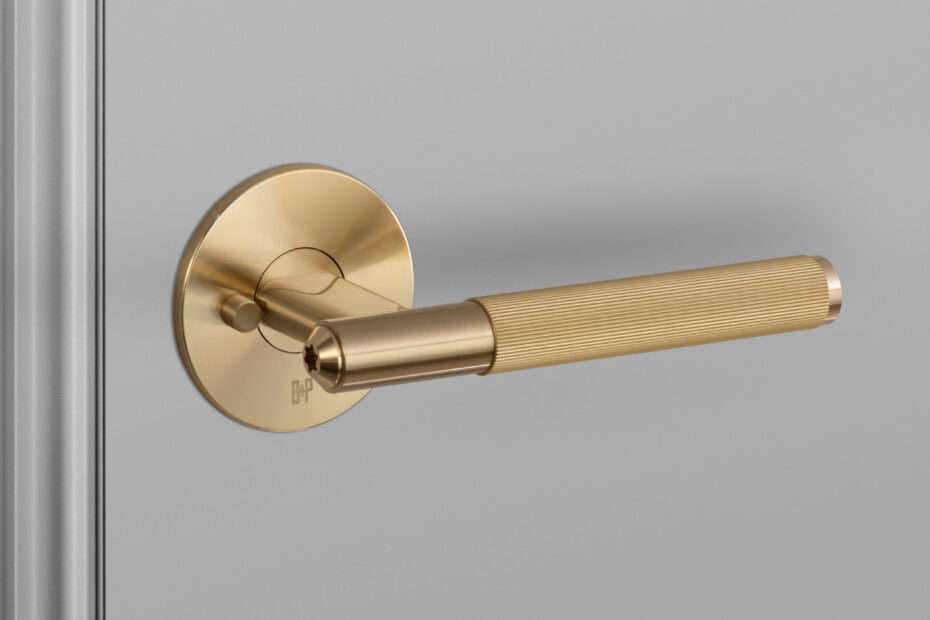How Do Push Button Privacy Handles Work?
In the realm of modern architecture and interior design, functionality meets aesthetics in ingenious ways. Among these innovations, push button privacy handles stand out as subtle yet essential components, seamlessly integrating into the design while serving a crucial purpose: safeguarding privacy. These handles, often found in bathrooms and bedrooms, offer a convenient way to lock doors without the need for keys or complicated mechanisms. Let’s delve into the mechanics of how push button privacy handles work and the technology behind their simplicity and effectiveness.
Understanding the Basics
At first glance, push button privacy handles may appear straightforward, but their inner workings are surprisingly intricate. The fundamental principle revolves around a mechanism that allows users to engage and disengage the lock with a simple push or twist, providing privacy when needed and easy accessibility at other times.
Components of a Push Button Privacy Handle
Latch Mechanism: At the core of every privacy handle lies a latch mechanism. This mechanism comprises various components, including springs, levers, and bolts, designed to secure the door in place when activated.
Push Button or Twist Mechanism: This is the user interface component of the handle. It typically consists of a button or twist knob located on the interior side of the door. When pushed or twisted, it triggers the latch mechanism to engage, locking the door.
Emergency Release: To ensure safety, push button privacy handles often come equipped with an emergency release mechanism. This allows the door to be unlocked from the outside in case of emergencies, such as someone being locked inside accidentally.
Exterior Lever or Knob: On the exterior side of the door, there is usually a lever or knob that doesn’t have any locking mechanism. This allows easy access from the outside without the need for a key or additional steps.
Operating Principle
When the door is in an unlocked state, the latch mechanism remains disengaged, allowing the door to open freely when pushed or pulled. However, when the push button or twist mechanism is activated, it triggers the latch to engage, securing the door in place.
The engagement of the latch mechanism typically involves the compression of springs and the movement of levers or bolts to prevent the door from opening. This process creates a secure barrier, providing the privacy desired by the user.
Advantages of Push Button Privacy Handles
Convenience: Push button handles offer a convenient way to lock doors without the need for keys, making them ideal for use in residential and commercial settings.
Ease of Use: The operation of push button handles is intuitive, requiring a simple push or twist to engage the lock, making them accessible to people of all ages and abilities.
Aesthetic Appeal: These handles come in a variety of designs and finishes, allowing them to complement any interior decor while adding a touch of sophistication.
Safety Features: With emergency release mechanisms, push button handles prioritize safety, ensuring that occupants can easily unlock doors in case of emergencies.
Conclusion
Push button privacy handles exemplify the marriage of form and function in modern design. Their sleek and unobtrusive appearance belies the complexity of their inner workings, which provide both security and convenience to users. By understanding the mechanics behind these handles, we gain a deeper appreciation for the ingenuity that goes into creating everyday objects that enhance our lives in subtle yet significant ways.
If you’re looking for a reliable locksmith in Ottawa area then give Ottawa Locksmiths a Call at (613) 777-5480.

